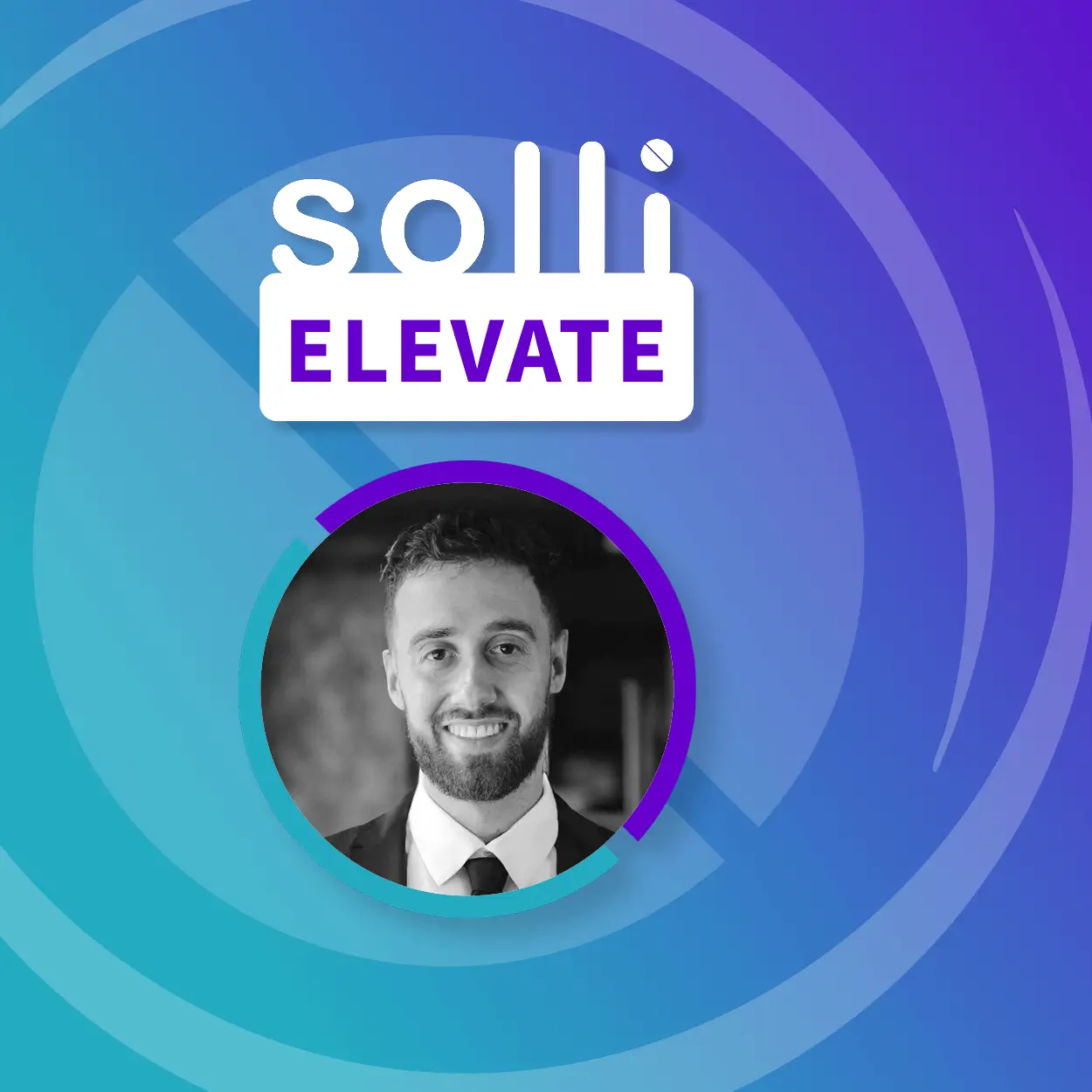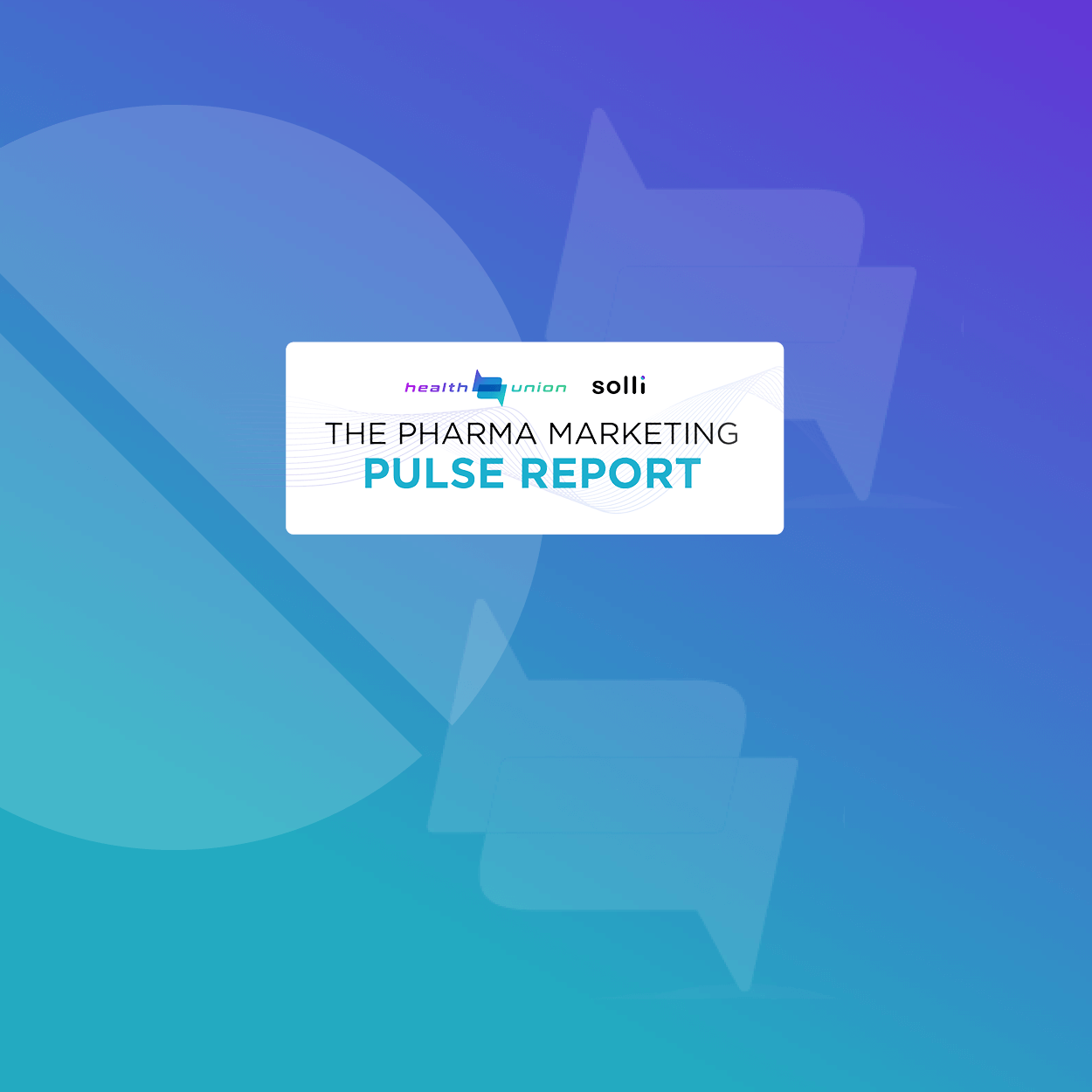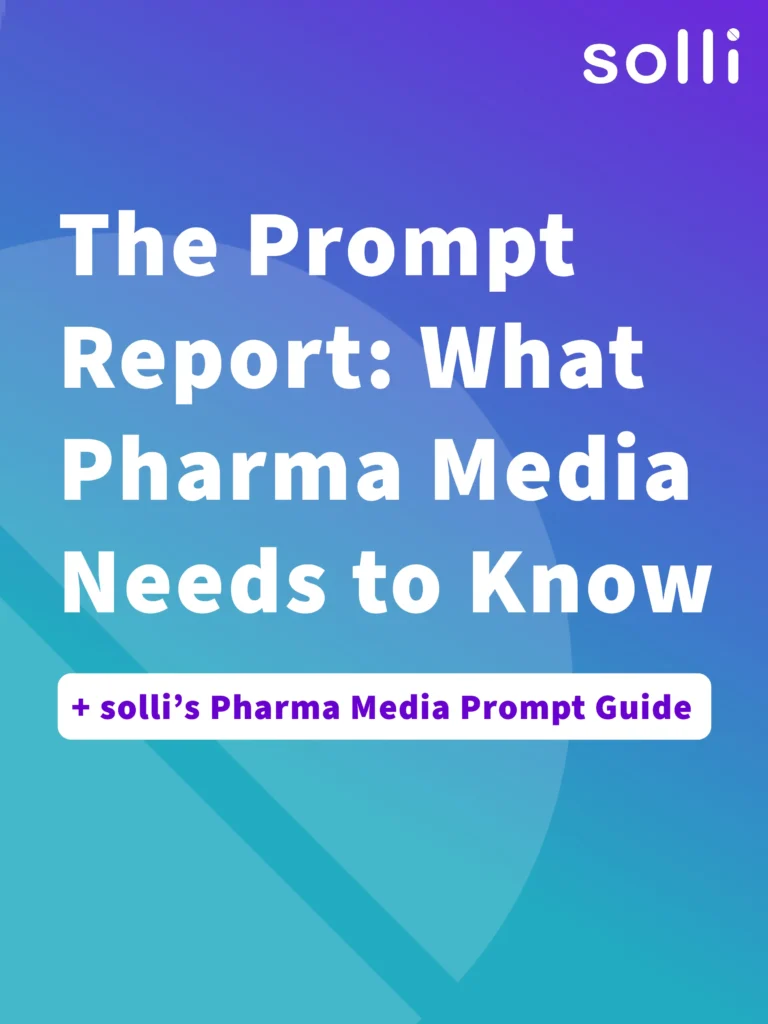IAB’s PAIR brings new HCP media opportunities
What is the PAIR protocol and how can it be used by HCP media planners?

Media planners and buyers frustrated by limited reach on their HCP plans might have a new menu of options, thanks to a protocol Google opened up to the wider digital community earlier this year.
PAIR (Publisher Advertiser Identity Reconciliation) is a protocol for matching encrypted IDs based on email addresses. While it’s been available to Google’s DV360 users since 2022, PAIR has been open-sourced with the help of the IAB Tech Lab. This means the cookieless targeting options it brings to the table can be executed on any platform that wishes to adopt it.
What does this mean for HCP media?
If you’re a media planner putting together digital plans based on lists of HCP email addresses, you’ve likely been stymied by a lack of media options from time to time. All but the most specialized publishers and DSPs are unfamiliar with the pharma industry’s strict data handling protocols and requirements for carrying branded ads.
Additionally, limited match rates can keep advertisers from achieving reach goals against their target lists.
But with a widely-adopted PAIR protocol, HCP planners would be able to easily see the effects on match rate when they add additional partners to the mix.
So, what is PAIR anyway?
Google created this protocol to guard against first-party data leakage. In other words, advertisers and publishers can use the protocol without ever seeing one another’s data. It leverages something called commutative ciphers to allow two parties to check for matches between two data sets without ever being able to fully decrypt the data.
If you remember all the way back to primary school math classes, “commutative” means the order of application doesn’t matter to the result. Addition is commutative, so a + b = b + a. So is multiplication. A X b = b X a.
Commutative ciphers work in a similar way. I’m oversimplifying here, but if you have a pair of commutative encryption keys – one held by the publisher, one held by the advertiser – and use them to encrypt one another’s data, you have the basis for a scheme where encrypted lists can be compared for matches without revealing any raw data to either party.
If the data nerd in you wants to examine this further, an overview of how it works is here. (Warning: 39.1MB PDF) The PDF contains a flowchart that will help prompt an “a ha!” moment with visual learners.
How can HCP Media Planners use PAIR?
Again, Google is open-sourcing PAIR with the help of the IAB Tech Lab. According to IAB Tech Lab CEO Tony Katsur, PAIR has been adopted as an industry standard.
“PAIR offers a practical solution for HCP media planners, allowing them to match data securely and improve targeting,” said Anthony Katsur, CEO, IAB Tech Lab. “ By incorporating more media partners through PAIR, planners can achieve better match rates and enhance campaign reach while ensuring consumer privacy and data security.”
What this means is that a buyer can match data sets with publishers in a clean room environment, using industry standards the IAB Tech Lab published in 2023. Using these methods, planners and buyers can get an accurate measure of match rate between client HCP target lists and publisher IDs. These methods also allow the matches to be activated programmatically.
With these technologies in place, HCP planners and buyers ought to be excited. Not only will they allow new media partners to measure match rates apples-to-apples with other sellers, but it could also allow for a better overall measurement of plan reach.
It will also make it easier to buy against HCP audiences. Depending on your tolerance for non-endemic environments, PAIR can make it easier to reach the right HCPs outside of medical contexts. (Reaching docs in general news, anyone?) For advertisers that like to extend reach and frequency with non-medical sites in their HCP mix, PAIR can help lower costs by adding more potential vehicles and environments to campaigns. This will help lower blended CPMs.
As this gets more popular in HCP media, look for other publishers who may have been sitting on the HCP sidelines to adopt PAIR in order to tap into pharma advertising budgets. This has implications for buyers who have paid premium CPMs for reach extension products from companies that have large pools of HCP identifiers.
Other Benefits
A top worry among pharma advertisers is that their agencies won’t take the degree of care their HCP target lists require. Not only is a target list a closely-guarded first party data asset that needs to be protected from prying competitive eyes, but buyers and planners also need to be sure they follow data-handling protocols to ensure privacy and compliance.
With target lists and associated targeting data handled in a clean room environment, PAIR will go a long way toward assuring pharma advertisers their valuable data is being handled appropriately and with minimal risk.
Since PAIR was designed to work without cookies, targeting with PAIR might help agencies and their clients with moving away from third-party cookies and future-proofing their targeting strategies. It also doesn’t hurt to showcase the power of advertiser first-party data, which pharma companies should already be investing in developing. These cookieless targeting solutions not only address third-party cookie deprecation, but they also can form the backbone of targeting strategies for emerging media vehicles that can be bought programmatically.
Adoption and Timing
Expect a range of options for using PAIR to emerge in Q1 2025, according to Katsur.
“Advertisers and agencies can help speed up the adoption of PAIR by showing interest and discussing its benefits with media partners. By highlighting their willingness to use this protocol, the buy side can encourage the media companies and the overall digital economy to adopt PAIR sooner,” said Katsur.
Certainly, though, the best way a pharma advertiser can hasten publishers bringing new offerings to market is to explore their readiness for PAIR. If you meet with publishers and ad tech companies regularly from the buy side, it might be wise to let potential media partners know that you’re open to spending HCP ad dollars this way.
If you’re a pharma marketer, it would make sense to look into piloting a PAIR campaign as part of an innovation framework or budget. That will signal to vendors that your brand sees this as a viable option for reaching doctors and other healthcare professionals.
Summary: What’s In It for You?
What does PAIR bring to the table for HCP media? A greater range of options, better data handling, one-to-one cookieless targeting and more efficient campaigns. What’s not to love?
Programmatic practitioners should do their best to speed adoption, including reaching out to vendors to get them to adopt PAIR.
Tom Hespos is an experienced Chief Media Officer skilled in transforming organizations through dynamic cross-channel media plans.

























